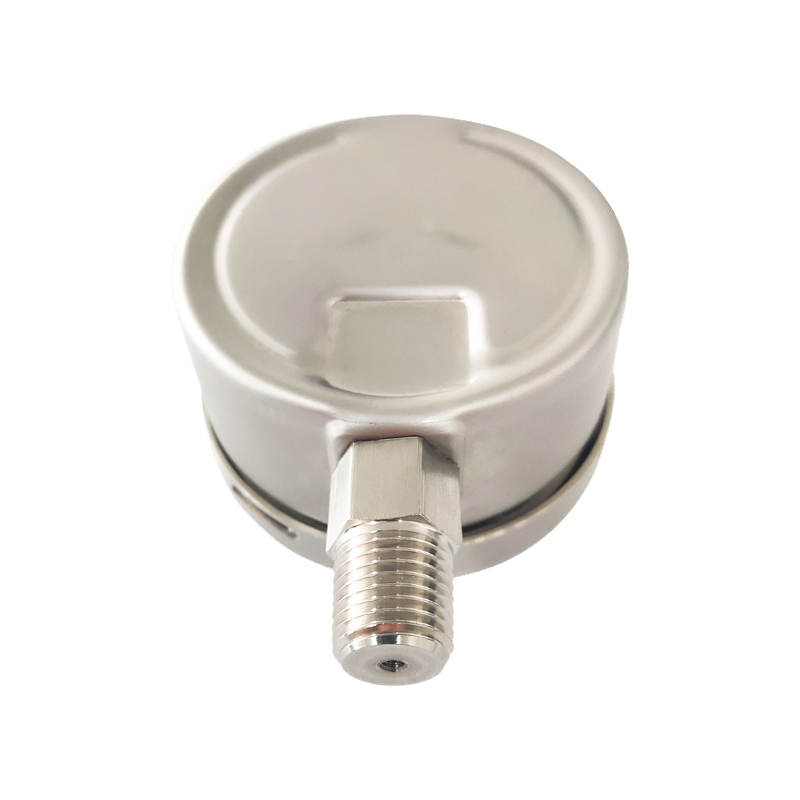
Sep . 21, 2024 16:34 Back to list
cryogenic differential pressure gauge
Understanding Cryogenic Differential Pressure Gauges
Cryogenic differential pressure gauges play a crucial role in various industrial applications, particularly in fields involving extreme temperatures and precise pressure measurement. These specialized instruments are designed to operate in conditions typically below -150°C (-238°F), essential in processes such as liquefied natural gas (LNG) production, cryogenic storage, and various scientific research fields.
At the core of any differential pressure gauge is its ability to measure the difference in pressure between two points. This capability is vital in systems where maintaining a specific pressure differential is critical for operational safety and efficiency. In cryogenic applications, the need for accuracy and reliability becomes even more pronounced, as even slight deviations can result in significant operational issues.
One of the primary challenges in designing cryogenic differential pressure gauges is ensuring their materials and construction can withstand extreme temperatures without compromising accuracy. Traditional materials may become brittle or lose calibration integrity at cryogenic temperatures, leading to erroneous readings. Therefore, manufacturers often use specialized alloys and materials that maintain their mechanical properties and measurement accuracy even in these harsh environments.
cryogenic differential pressure gauge

Additionally, cryogenic differential pressure gauges often incorporate advanced technologies, such as digital displays and remote monitoring capabilities. These features allow operators to track pressure differences in real-time, enhancing the safety and efficiency of the processes they oversee. Some modern gauges also utilize smart technology, enabling integration with automation systems for streamlined operations.
In applications like LNG production, differential pressure gauges are integral in monitoring the flow rate of gases and liquids, ensuring optimal transfer rates while preventing system failures. For example, in a cryogenic storage tank, these gauges help monitor the difference in pressure between the internal tank environment and the external atmospheric pressure, facilitating safe unloading and handling of cryogenic materials.
Moreover, in the realm of scientific research, particularly in laboratories working with superconductivity or cryogenics, precision is paramount. Researchers rely on accurate data regarding pressure differentials to conduct experiments and develop technologies that push the boundaries of current scientific understanding. Cryogenic differential pressure gauges ensure that these studies can be performed without the interference of equipment inaccuracies.
In conclusion, cryogenic differential pressure gauges are indispensable tools across various high-stakes industries and research fields. Their ability to measure pressure differentials with precision in extremely low temperatures not only enhances operational safety but also drives innovation in science and technology. The ongoing advancements in materials and technology promise to further improve the functionality and reliability of these critical instruments, ensuring they continue to meet the demanding needs of tomorrow’s industries. As the world moves towards greater reliance on cryogenic technologies, understanding and implementing these gauges will be key to successful operations.
-
High-Precision 5 Valve Manifold Differential Pressure Gauge Suppliers
NewsApr.29,2025
-
High-Precision Diaphragm Vacuum Pressure Gauges Manufacturers & Quotes
NewsApr.29,2025
-
Omega Differential Pressure Gauges High Accuracy & Durability
NewsApr.28,2025
-
Low Pressure Differential Pressure Gauges Precision Solutions & Quotes
NewsApr.28,2025
-
Digital Diaphragm Pressure Gaauge Precision Measurement & OEM Quotes
NewsApr.28,2025
-
Differential Pressure Gauge China Price High-Accuracy & Best Quotes
NewsApr.28,2025
